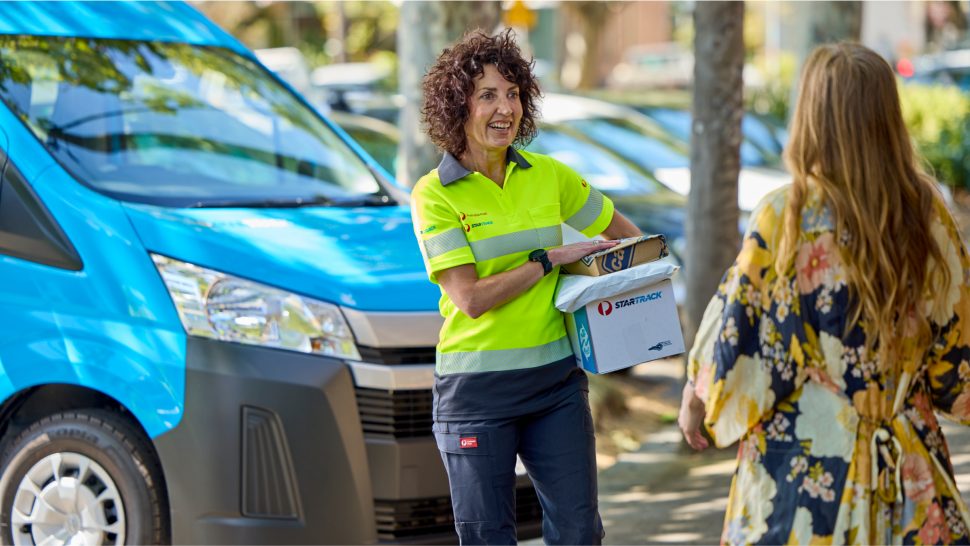Choosing a delivery partner shouldn’t feel like throwing darts in the dark. In a country stitched together by vast highways, red dust, coastal sprawl, and buzzing cities, the right local courier can turn slow logistics into a competitive edge. If you’re hunting for a service that trims expenses while doling out reward points, here’s a plain-spoken guide to help you decide with confidence—and keep more money in your pocket. To view a list of the best couriers in australia follow the link.
Why loyalty perks quietly change the game
A courier that offers points, credits, or cash-back schemes isn’t just handing out glittery bonuses. Those programs nudge your delivery bill downward over time by converting routine shipments into future discounts. Ask whether points expire, how you redeem them, and whether peak-season surcharges earn rewards too. A program that limits redemptions to obscure windows or tiny categories can be more theater than value.
Confirm the coverage map with ruthless precision
Not all “nationwide” services actually serve your routes with equal zeal. Some sparkle in metro zones and sputter in regional corridors. Demand a suburb-by-suburb list and check if outliers attract hidden fees. If your deliveries often wander beyond the city fringe, insist on proof that off-route parcels won’t rack up mysterious add-ons.
Measure speed the way chefs measure freshness
Promises are cheap; timestamps are gold. Ask for average delivery times by distance band, not just glossy slogans. A courier should volunteer metrics that reveal consistency, not just best-case wins. For urgent consignments, grill them on cut-off times, late-night collections, and what happens when weather or traffic conspires against you.
Interrogate the tracking like a detective
Parcel tracking should behave like a live dashboard, not a fortune cookie. Real-time updates, geofenced alerts, and photo proof of delivery reduce support calls and buyer anxiety. If the status screen looks frozen in a previous decade, that’s a warning siren.
Demand pricing clarity—then hunt the fine print
Transparent quotes expose true value. A reputable operator breaks down base rates, fuel levies, terrain extras, and after-hours premiums before you sign. If you need a decoder ring to understand an invoice, you’re paying “confusion tax.”
Test customer support when nothing’s wrong
Ring them with a fake “what if” scenario and listen. Do you get a human who solves, or a maze that stifles? Support quality predicts how pain is handled when a shipment slips or a label misbehaves.
Audit sustainability without the soapbox
Eco-claims should come with evidence: electric vans on urban lanes, route optimization software, or packaging programs that cut waste. Responsible operations often lower long-term costs, too—less fuel burned equals fewer surcharges passed to you.
Put reward math under a microscope
A points scheme shines only if it converts to savings you’ll actually use. Calculate your monthly volume, map it to the reward tiers, and project a real discount. If redemption requires acrobatics, walk away.
Trial before you pledge
Most reliable firms will offer a pilot run. Send mixed deliveries—fragile, urgent, bulky—and see how each is carried from counter to doorstep. Treat the trial as a dress rehearsal: timing, communication, and condition on arrival all matter.
The bottom line
The ideal local courier isn’t just a driver with a van; it’s a quiet partner that whittles costs and sharpens reliability. When loyalty perks genuinely translate into cheaper runs—and the fundamentals of coverage, speed, and tracking hold steady—you’ll feel it in both your ledger and your sanity.
Pick wisely, test thoroughly, and let your deliveries glide instead of grind.
